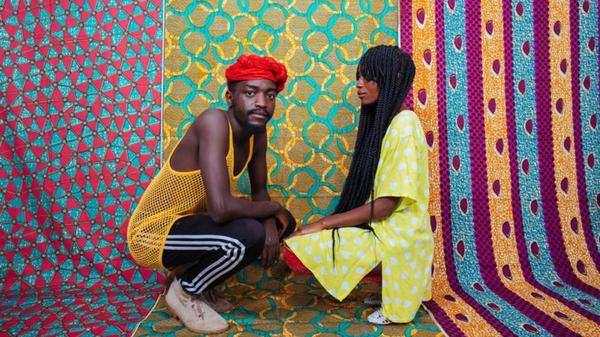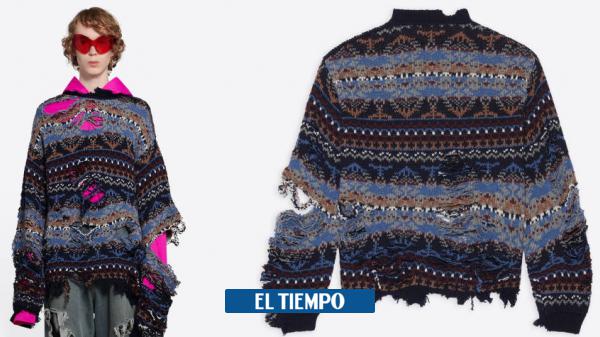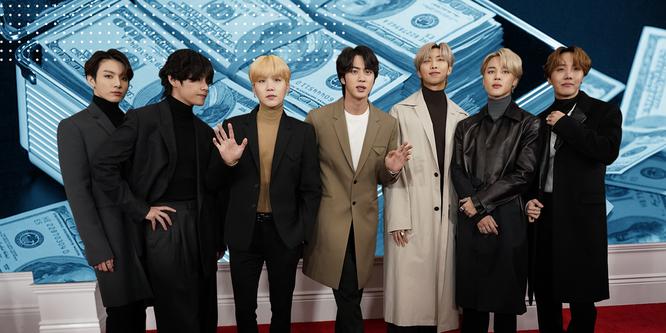Neo-African fashion: Africa no longer inspires, it influences
“Africa has its own personality. Sometimes he is a sad personality, sometimes impenetrable, but always unrepeatable, ”writes the journalist and historian Ryszard Kapuściński in one of his reports on the continent.
But Africa is not a country, but 54 countries and more than 1,000 languages spoken by more than 1,000 million inhabitants, which represent an endless creative variety.
Western fashion has barely succeeded in summarizing this wealth as a tribal style, appropriating a cultural heritage that does not belong to it while the local textile industry could not opt for the international market.
Until now. A new generation of local designers claim their creations that take their ancestral roots and traditions as a starting point to take them to urban and modern designs.
THE ORIGIN OF COLOR
We visited Jeanne Weis, a small shop located in the heart of the Gothic quarter of Barcelona, and there we found Marie, a Belgian who has lived in Spain for 21 years and is very knowledgeable about the printing techniques of African fabrics, of which she has a wide show at your location.
In her case, she imports them from Holland; and she has an explanation. "These fabrics are made with what is called wax print," says Marie.
“The 'wax print' was introduced by the Dutch in 1850 with the intention of emulating the Asian printing technique called batik [a mixture of 30% beeswax and 70% hot paraffin is applied to the fabric, the tissue and allowed to dry. Then, the colors that you want to preserve are covered with wax before applying a new color to the drawing]”.
Kapuściński, formulator of the quote that opens this article, is known for having witnessed and written first-hand about the end of the European colonial empires on the African continent. This political moment opened the doors to many African countries that began to be independent, a consequence that was undoubtedly reflected in the clothing.
AFRICAN FASHION, SILENCED
Designers such as Shade Thomas-Fahm appeared, the country's first female designer and also the first to have her own boutique, Shade's Boutique, the must-see shop for anyone passing through Lagos in the 1960s-70s. Thomas Fahm created new styles and never stopped cutting and sewing her designs herself.
One of the Nigerian creator's most famous designs was the 'boubou', a feminine evolution of the traditional masculine agbada that revolutionized the local industry.
However, its impact on international fashion was practically nil and was overshadowed by collections from Western designers, such as Yves Saint Laurent's Africa.
The French designer, who he said had been inspired by his childhood in a colonial school in Algeria, used wooden beads, shells and raffia to enhance the silhouette of the dress.

The designs were reminiscent of Bambara art, typical of Mali, Guinea, Burkina Faso and Senegal.
Yves Saint Laurent was also the first designer to parade a black model, Somali Iman (who would later be the wife of pop star David Bowie). It was for a collection inspired by African queens, the model became his muse and the designer added that she was "his dream woman" of him.
Since the 90s, Deola Sagoe, also of Nigerian origin, stands out for her vivid and very colorful designs. She defines her work like this: “I try to merge the African cultural style with a modern approach to design. I love the dynamism of creating modernity from something steeped in history, I think that is what gives my collection the touch of cultural mix”.
Also the South African Marianne Fassler, with animal print designs, urban and at the same time classic, has been dedicated to the world of fashion for more than three decades and is also known for her designs for wedding dresses.
@Laura_Liles dudes will mansplain ANYTHING just to feel valuable, it's gross. “hon you may think you know how to ma… https://t.co/a4yda2kbbz
— Phteven Fri Nov 17 03:04:23 +0000 2017
Brimming with ambition, culture, talent, creativity and resources, Africa is one of the few world regions that is -partly- on the fringes of the fashion business. Its poor infrastructure, poverty and economic instability are obstacles that this market has to deal with.
The interest in African fashion has increased and that is because their talents have something to offer to the fashion industry”
Helen JenningsAuthor of the book The New African FashionTHE FASHION THAT COMES
“Many African fashion companies, big and small, are very innovative but they won't be able to last much longer if they remain disconnected from the world wide web,” says journalist Robb Young. And he continues: "However, some parts of the continent are filling up with clothing and shoe factories, creating good products and sustainable jobs."
Africa, with its precarious economy, is also falling victim to Chinese industry. An imitation fabric is worth four times less than the original, a hard blow for local producers who, specifically in Togo, came to dominate the textile market in the mid-20th century.
The women who distributed the fabrics in the middle of the 20th century from Togo to all of Central and West Africa became known as Nana Benz, because they were the only ones who could move in a Mercedes Benz”
The women of this small West African country became known as Nana Benz, for being the only ones who could afford to travel in luxurious Mercedes Benzes thanks to the booming fabric business (they distributed throughout West and Central Africa), which they now the Chinese are snatching.
However, and despite the fact that many are still forced to sell through foreign platforms such as the North American African Design Hub, small shops and African designers are making their way. In Ethiopia, the government estimates that the business reaches 2,500 million dollars. Small businesses with fewer than 10 workers exported $62.2 million, up from $14.6 million in 2008.
Despite this, Helen Jennings fashion journalist, promoter of firms such as Kofi Ansah in Ghana and author of the book The New African Fashion explains the next great wave of fashion (if it is not already one): “Africa has always been a global style inspiration; I have seen how the industry works and I have seen how it has been growing”.
“In recent years, African fashion has sprouted in fashion magazines and blogs, and even in the so-called Fashion Weeks [the International Week of Design and Fashion of Africa and the Afro Universe was held in Barcelona last April]. Interest has increased and that's because their talents truly have something to offer the fashion industry. They are at a peak moment."
And we are seeing it. Colorful prints from Africa are dressing the fashion catwalks: Louis Vuitton, John Galliano, Jean Paul Gaultier, Prada or Burberry, are some of the brands that for years have been inspired by the style and fabrics of the continent to design their collections .
Beyond the classic lines, Western designers insert the aforementioned wax print, kanga (printed fabric that is used as a shawl or handkerchief, colorful and represents high social status) or telamassa i (represents the garments worn by the Massai, red and blue colors are mixed, mostly with checkered patterns).
This aspect offers a positive outlook for the economic future of the continent, not because Western designers are inspired by it, but because the presence of African designers is becoming more and more common on fashion catwalks. These are young creators who seek to capture their innovative designs (made with materials from their countries of origin) in a culture radically different from their own.
Good news: international fashion catwalks are starting to feature an increasingly common presence of African designers”
Thus we find designers such as the South African Laduma Ngxokolo, who creates modern and urban clothing for young people. The Ethiopian Mafi is another example, he explores the culture through his designs and seeks to show the diversity of his country; In addition, he works with clothes made by hand by women from local cooperatives, as Vanessa Anaya tells in this article.
And if we want to name a digital example, we cannot miss the Nataal platform, a communication agency dedicated to celebrating and promoting African art, fashion, music and culture.
Different attitudes are observed with inspiring fabrics that represent style, comfort and beauty, this is neo-African fashion, "the misleading aesthetic conception called ethnic or tribal is over, this fashion goes beyond the avant-garde" defends the magazine Wiriko, dedicated to art and sub-Saharan African culture.
Just as great designers decide to draw inspiration from the continent for their collections, there are brands with similar campaigns. One of the most controversial was the one carried out by Mango. The Spanish brand chose a white model to represent a collection inspired by Africa.
Tania Adam, editor of Radio Africa Magazine points out that this collection is “a paradigm of the absurd and an example of the slavery to which the fashion sector is subjected. It reproduces a colonial pattern that is part of the past, someone should tell it”.
Helen Jennings notes: “Times and attitudes are changing. They say that everything has already been invented but there is still a lot of Africa to explore”.


























'The ambassador's daughter': everything about the premiere of the Nova series
18/03/2022A girl named Melek arrives in her living room and finds a dead man. Her mother, in the bathroom, cleans the blood from her clothes and her face, in addition, she keeps a knife along with the rest of the things in ...